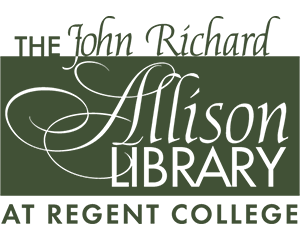Biblical Greek Research Guide
 Processing Request
Processing Request
Biblical Greek refers to the language in which the New Testament was originally composed. It is part of a corpus (i.e., distinct body of texts) known as Koine Greek, consisting of the many different texts from the 4th century BC to the 3rd century AD, including the Septuagint and New Testament. To study biblical Greek, students should begin with basic grammars and guides for reference tools. Here are some helpful places to start:
Beginner Grammars

Basics of Biblical Greek: Workbook
William D. Mounce
Grand Rapids: Zondervan Pub. House, 2019.

Greek for the Rest of Us: The Essentials of Biblical Greek
William D. Mounce
Grand Rapids: Zondervan, 2013.
Guides for Reference Tools

The Biblical Greek Companion: For Bible Software Users
Mark L. Strauss
Grand Rapids: Zondervan, 2016.

How Biblical Languages Work: A Students Guide to Learning Greek and Hebrew
Peter James Silzer, Thomas John Finley
Grand Rapids: Kregel, 2004.
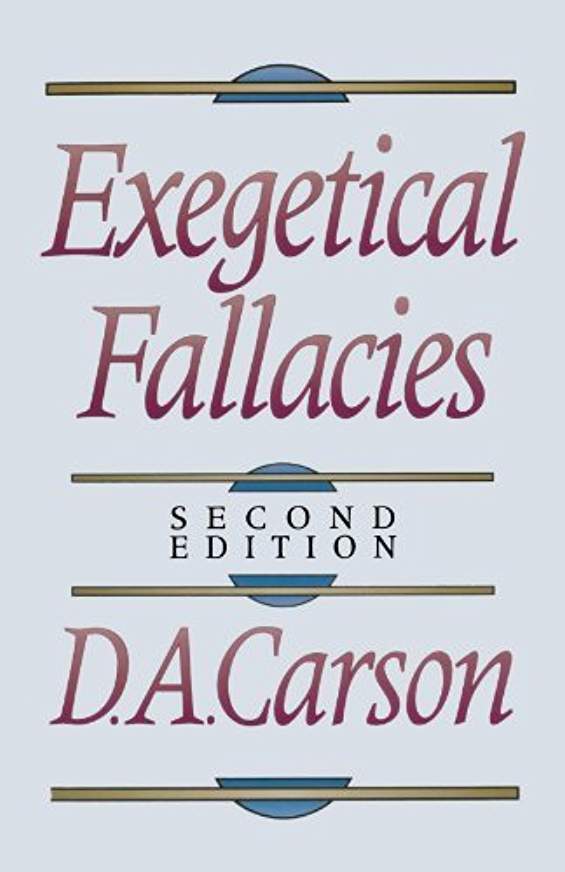
Exegetical Fallacies
D.A. Carson
Grand Rapids: Baker Books, 1996.
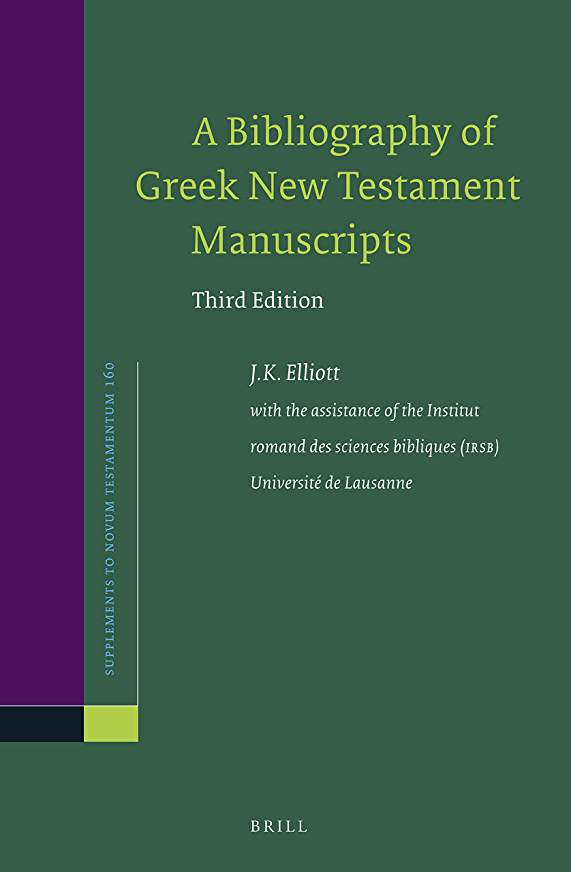
A Bibliography of New Testament Manuscripts
J.K. Elliott
Leiden: Brill, 2015.
After using basic grammars, which introduce morphology and basic syntax, students may move forward by using Greek readers and intermediate grammars.
Greek Readers
Greek readers provide segments of the biblical text with annotations explaining rare vocabulary and difficult grammar and syntax. Here are some helpful readers:
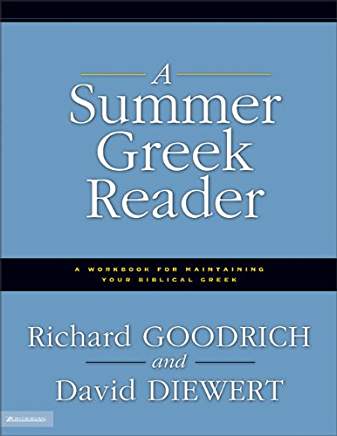
A Summer Greek Reader: A Workbook for Maintaining Your Biblical Greek
Richard Goodrich, David Diewert
Grand Rapids: Zondervan, 2001.
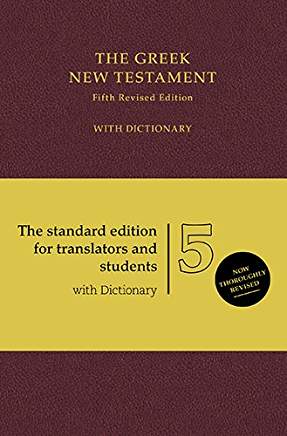
The Greek New Testament: A Reader's Edition
eds. Barbara Aland, Kurt Aland, et al.
Stuttgart: Deutsche Bibelgesellschaft, 2014.
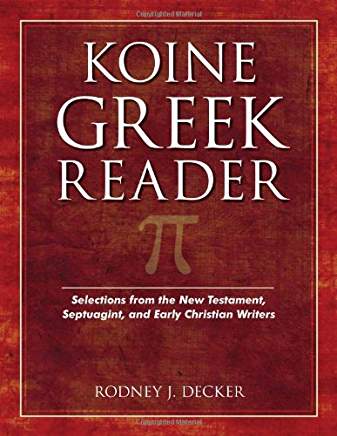
Koine Greek Reader: Selections from the New Testament, Septuagint, and Early Christian Writers
Rodney J. Decker
Grand Rapids: Kregel, 2007.
Intermediate Grammars
For evangelical students of biblical studies, Greek Grammar Beyond the Basics and Going Deeper with New Testament Greek are standard texts. In addition, BDF is a classic reference grammar that remains helpful.

Greek Grammar: Beyond the Basics
Daniel B. Wallace
Grand Rapids: Zondervan, 1996.
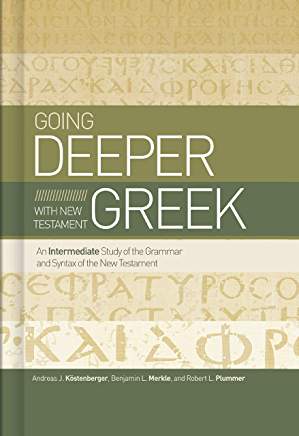
Going Deeper with New Testament Greek: An Intermediate Study of the Grammar and the Syntax of the New Testament
Andreas J. Köstenberger, Benjamin L. Merkle, Robert L. Plummer
Nashville: B&H, 2016.

A Greek Grammar of the New Testament and Other Early Christian Literature
Friedrich Blass, Albert Debrunner, Robert W. Funk
Chicago: University of Chicago Press, 1961.
Lexicography has improved significantly during the last century, resulting in significant advances in the quality of lexicons. For the student interested in learning more about the appropriate use of word studies in exegesis, the introductions to the books below and Moises Silva's Biblical Words and Their Meaning are particularly helpful.

A Greek-English Lexicon of the New Testament and Other Christian Literature
Frederick William Danker, Walter Bauer, William F. Arndt
Chicago: University of Chicago Press, 2000.
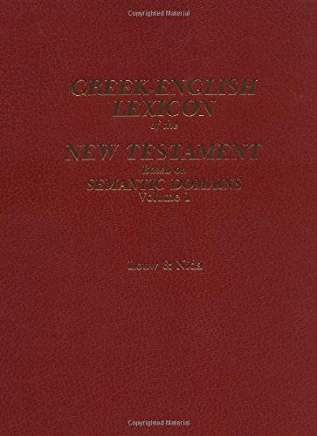
Greek-English Lexicon of the New Testament: Based on Semantic Domains
eds. J.P. Louw, Eugene A. Nida
New York: United Bible Societies, 1989.

New International Dictionary of New Testament Theology and Exegesis
ed. Moisés Silva
Grand Rapids: Zondervan, 2014.
Greek Bibles
There are two primary critical editions of the Greek New Testament used by students and scholars, and both are available in the Allison Library. The UBS Greek New Testament (on its 5th revised edition, abbreviated UBS5) is aimed at students and pastors, providing a limited apparatus displaying significant textual differences in the major manuscripts. The Nestle-Aland Novum Testamentum Graece (on its 28th edition, abbreviated NA28) is aimed at students and scholars, offering a more extensive critical apparatus. Both texts are practically identical, with minor differences in punctuation and capitalization, and offer a critical text based on the newest text-critical theory and technologies. The text of both differs from early editions in the Catholic Epistles because of its reliance on the Editio Critica Maior (ECM).
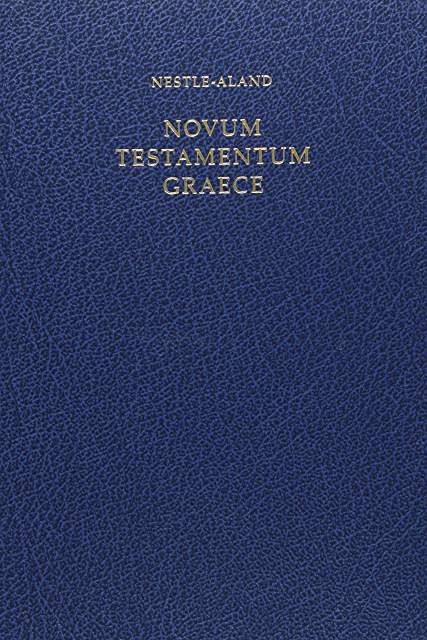
Novum Testamentum Graece
eds. Barbara Aland, Kurt Aland, et al.
Stuttgart: Deutsche Bibelgesellschaft, 2014.
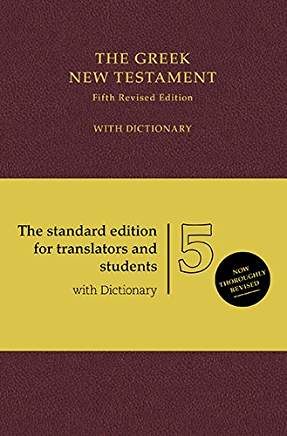
The Greek New Testament
eds. Barbara Aland, Kurt Aland, et al.
Stuttgart: Deutsche Bibelgesellschaft, 2014.
Greek Manuscripts
In addition to the Bibles mentioned above, there are several websites that provide access to high-quality photos of biblical Greek manuscripts as well as various print resources useful for more in-depth text criticism, including one part of the Editio Critica Maior (Vol 4/1).
High quality manuscripts are available at the following sites:
-The Center for the Study of New Testament Manuscripts
-Universität Münster
-Codex Sinaiticus
Two manuscript resources available at the Allison Library are listed below:
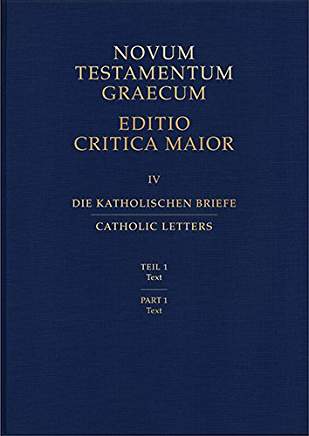
Novum Testamentum Graecum: Editio Critica Maior
Universität Münster
Stuttgart: Deutsche Bibelgesellschaft, 2013.
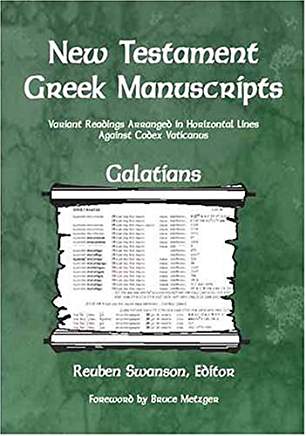
New Testament Greek Manuscripts: Variant Readings Arranged in Horizontal Lines Against Codex Vaticanus
Rueben J. Swanson
Sheffield: Sheffield Academic Press, 1999.
The Greek Verb and Advances in Greek
Two cutting-edge resources for further study of biblical Greek are books on the Greek verb (a controversial issue) and advances in the study of Greek. These books provide unique contributes to the field of biblical Greek:

Basics of Verbal Aspect in Biblical Greek
Constantine R. Campbell
Grand Rapids: Zondervan, 2008.
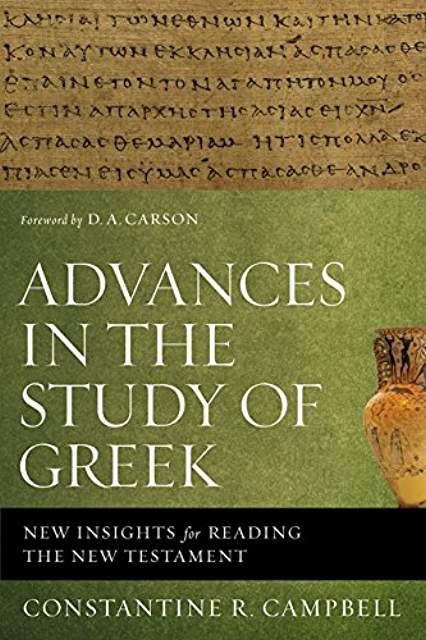
Advances in the Study of Greek: New Insights for Reading The New Testament
Constatine R. Campbell
Grand Rapids: Zondervan, 2015.
Journals
Using journals is another way to conduct further study in biblical Greek. Some useful journals are:
-Biblical and Ancient Greek Linguistics (Open Source)
-Novum Testamentum
-Journal of Biblical Literature
-Journal for the Study of the New Testament
